Digitalization is playing an increasingly important role in the growth of small businesses and is leading to strategic, structural and cultural transformations. For MSMEs which decide to engage internationally, the use of digitalization presents new opportunities to succeed in foreign markets, based on a new international value proposition.
Digitalization – as the combination and application of digital technologies within an organization, economy and society – is applicable for many fields and creates opportunities. It is represented in three related phenomena: digital artifacts, digital platforms and digital infrastructures.
For decades globalization was defined through trade in goods and services between countries. While the dynamics of these flows are currently moderate, globalization is not slowing down (Manyika et al., 2016).
In contrast, huge data flows are constantly crossing borders and their volume has increased considerably. Consequently, globalization is evolving at the same pace as these exchanges of information and data across foreign markets. Digital infrastructures and platforms are mainly at the origin of these changes.
They are creating new virtual market spaces and resizing all the business cross-border economies by reducing costs, shortening transactions and amplifying interactions. Because digital means shaping global user communities, these infrastructures are essential databases for companies and provide real opportunities with innovative ways to reach potential customers.
In terms of international business, MSMEs are now able to digitalize their internationalization process by integrating these technologies into the value chain and managing the massive amount of data. The 21th century globalization evolution is marked by intangible flows of data and information, greater participation by emerging economies and more knowledge-intensive flows.
As digital infrastructure becomes equally important, and the role of small enterprises and individuals grows, there are more exchanges of free content and instant global access to information and services (Manyika et al., 2016).


